Preparedness
Homeowner’s Bravery Turns Midnight Intrusion Deadly for Armed Invaders

In the quiet hours past midnight, a daring home invasion occurred in Hamilton County, Tennessee. A group of three armed intruders invaded a residential home. The homeowner, however, was not one to be easily frightened, opening fire on the intruders. This resulted in two of the invaders fleeing, while the third was fatally wounded.
Hamilton County Sheriff’s Office provided more details on the event. The officers reported attending to a home invasion call from the 6300 block of Shirley Pond Road around 1:25 a.m. last Tuesday. The home is situated in Harrison, a peaceful area half an hour northeast of Chattanooga, according to WTVC-TV.
The preliminary investigation by the sheriff’s office divulged that the homeowner had courageously confronted the three armed intruders. In the ensuing chaos, gunfire was exchanged between them.
” One of the suspects was struck during the exchange and died at the scene,” the sheriff’s office reported. The remaining two intruders made their escape by jumping through a window and fleeing the scene. Despite the immediate search by law enforcement in surrounding areas, the two suspects remain at large. The sheriff’s office is withholding the identities of those involved pending ongoing investigations.
The homeowner, whose identity is being kept anonymous for safety reasons, revealed to WTVC that this was the second consecutive night his home had been broken into. This shocking series of events has left the usually calm and safe neighborhood in a state of disbelief.
Residents expressed their surprise to WTVC, stating how unusual it was for such crimes to occur in their neighborhood, let alone twice in a row. The sheriff’s office investigators also agreed that this type of crime was a rarity in the area.
Public sentiment on the matter was crystal clear. “We the people must remain vigilant; [when there’s a] home invasion, shoot first and let ask questions later; remind the perps that this ain’t [California]; we’re armed and not scared to use ’em; WE ARE THE SOUTH!” one commenter said.
Another commenter on YouTube stated, “Good; perpetrators shouldn’t break into homes; it’s called divine intervention; get a job.” Another expressed thankfulness for the homeowner’s ability to defend his home and family, writing “I’m thankful the victim was able to defend family, home, and life.”
Watch a local news report about the incident below:
Let us know what you think, please share your thoughts in the comments below.

Preparedness
Unlock Suburban Secrets to Self-Sufficient Living
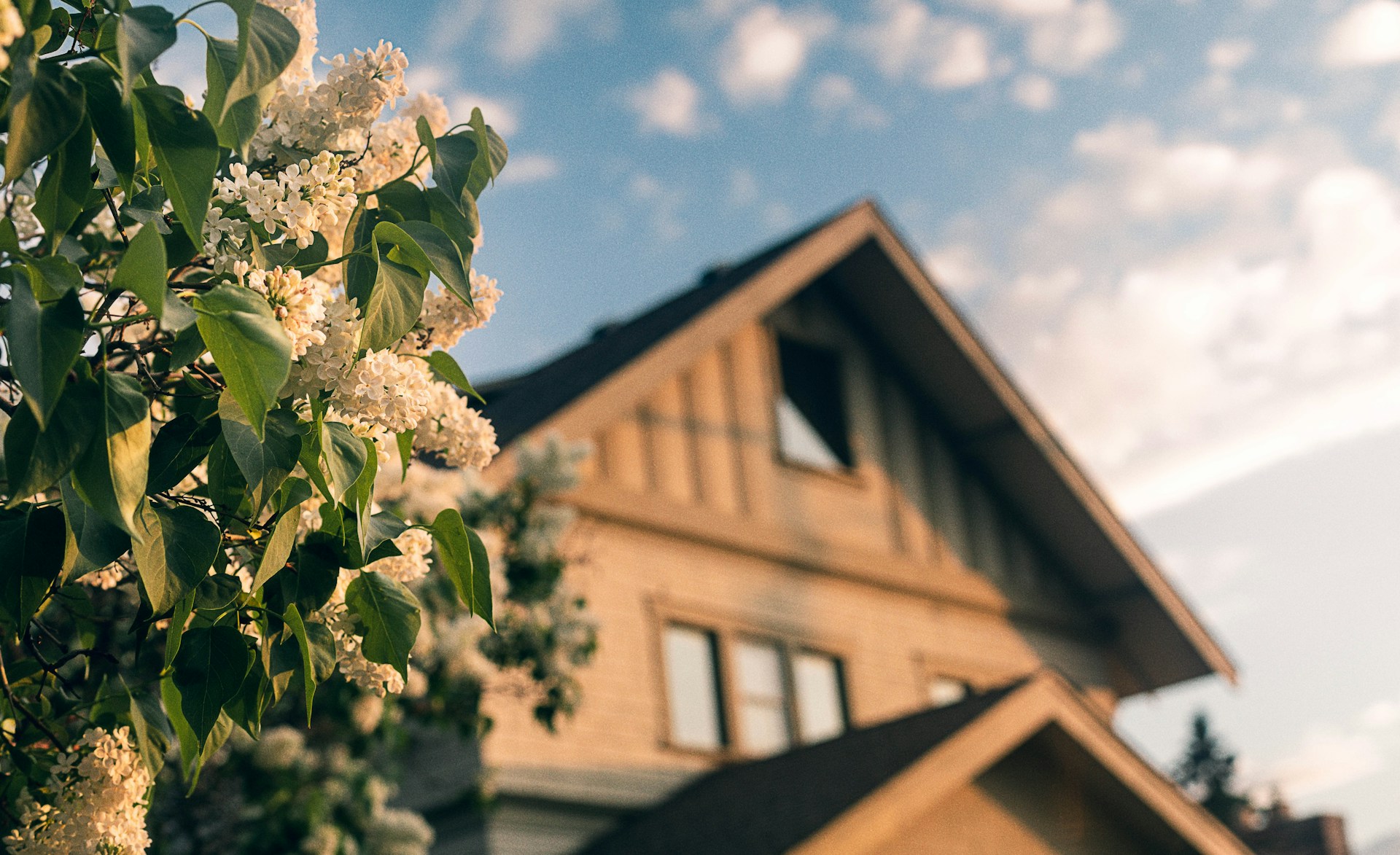
The dream of rural living can feel elusive for those nestled within the confines of suburban neighborhoods. Yet, even amidst the manicured lawns and cul-de-sacs, the spirit of homesteading can thrive with a bit of ingenuity and determination.
The suburbs, home to a majority of Americans, offer a unique opportunity for those eager to embrace a self-sufficient lifestyle. According to HUD and Census data, “52 percent of U.S. households describe their neighborhood as suburban,” making these areas ripe for a homesteading transformation.
For those unable to escape to the countryside, becoming a suburban homesteader is a feasible and rewarding endeavor. The key is to cultivate a mindset that prioritizes self-sufficiency and sustainability, regardless of space limitations.
Developing a green thumb is an essential step. While you may not have vast fields at your disposal, small garden plots, container gardens, or even window herb gardens can yield a surprising amount of produce. The goal is to maximize your available space to grow your own food, whether it’s a few vegetables or a dwarf fruit tree.
Raising chickens is another practical option for suburban homesteaders. Many communities now permit backyard chickens, allowing you to enjoy fresh eggs and natural fertilizer for your garden. A small flock of hens requires minimal effort while offering substantial rewards.
Expanding your skills is crucial, even if you lack a barn. Homesteading involves practical skills like sewing, knitting, or even basic carpentry. Learning to mend clothes or tackle home repairs can significantly enhance your self-reliance.
Rainwater collection is another sustainable practice to adopt. “Essentially, you collect rainwater to keep it so it can be used later for landscaping, gardening, and stormwater management.” Many municipalities provide free rain barrels, making this an affordable way to conserve water.
Composting is an excellent entry point into homesteading. It reduces waste and enriches your garden soil. As Homestead.org notes, “The benefits of composting are wide-reaching even past the production of nutrient-dense soil that helps your plants grow more quickly and fruitfully.”
Beekeeping is another venture that doesn’t require much space. A couple of hives in your backyard can provide local honey and potentially some extra income.
Connecting with fellow suburban homesteaders can be invaluable. They offer advice, support, and the opportunity to barter or borrow materials, fostering a sense of community.
Aiming to reduce store visits is another homesteading goal. Learning to make items yourself, from clothes to homemade cheese or broth, can significantly cut down on shopping trips.
Finally, preparedness is a cornerstone of homesteading. Stock up on emergency supplies and non-perishable food items. A well-stocked pantry and first aid kit are essential, and many homesteaders also cultivate medicinal herbs for natural remedies.
By embracing these practices, you can transform your suburban lifestyle into one of sustainability and self-sufficiency, capturing the essence of homesteading without leaving your neighborhood.
Let us know what you think, please share your thoughts in the comments below.
Preparedness
Unlock Homesteading Success: Navigate Complex Laws and Thrive
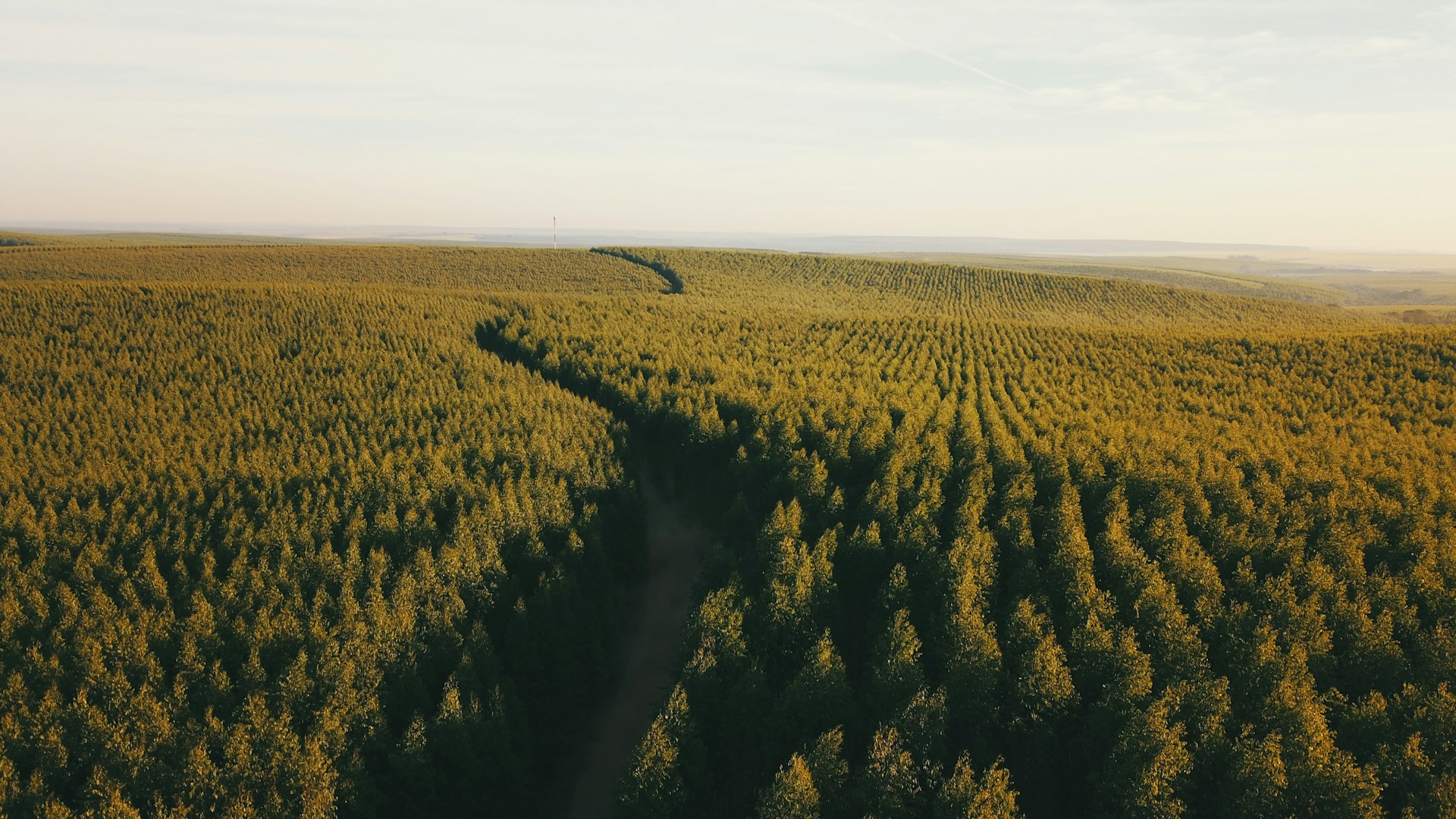
For those yearning for a self-sufficient lifestyle, homesteading offers a promising path. Yet, the feasibility of this dream is largely dictated by the laws and regulations that govern the area you choose to settle in. While every state in the U.S. permits homesteading, the welcoming nature of each state varies, and it’s crucial to delve into the specifics at the local level.
A fundamental aspect of homesteading is understanding its historical context. As noted by The History Channel, the 1862 Homestead Act played a pivotal role in the settlement of the U.S. western territory, allowing Americans to claim up to 160 acres of federal land. This act required a commitment to live on the land for five years, build a home, farm, and make improvements. Though repealed in 1976, the spirit of homesteading endures, with modern laws in place to safeguard the rights of those pursuing this lifestyle.
Homesteading today encompasses a wide range of practices, from rural self-sufficiency to urban sustainability. The type of homestead you can establish is largely dictated by “the laws of the land.” This includes state-level protections like the Declaration of Homestead, which Mother Earth News describes as a legal document that can shield your property from creditors during financial hardships. These protections vary by state, with some offering more comprehensive coverage than others.
For instance, in Indiana, individuals can claim up to $10,000 of their property as a homestead, with no cap on the size, thus offering robust protection from creditors. This highlights the importance of choosing a state that aligns with your homesteading aspirations.
Beyond state laws, local regulations can significantly impact your homesteading efforts. Deed restrictions may limit what you can do on your property, such as prohibiting fences or certain types of livestock. Zoning regulations often restrict residential properties from being used for commercial purposes, which can affect your ability to sell homemade goods.
Building codes are another layer of regulation to consider. As GOKCE Capital points out, even in areas without HOA or zoning restrictions, local building codes may dictate the materials and methods you can use, potentially complicating plans for unconventional structures like straw bale homes.
Access rights, such as easements for utilities, must also be respected, as they may limit where you can build on your property. Livestock regulations vary widely, with different rules at the state, county, and city levels. While one area may permit chickens, another might have strict ordinances against them.
The sale of homemade goods is subject to cottage food laws, which differ by state. Countryside mentions that these laws often restrict certain foods and set limits on sales, such as South Dakota’s $5,000 annual cap. Additionally, some states, like Wisconsin, allow the sale of jellies but not baked goods.
Wildlife protection laws can also pose challenges for homesteaders, as animals like deer and raccoons may feast on your crops. Furthermore, some areas have laws against front-yard edible gardens, so it’s essential to verify local ordinances before planting.
Beekeeping is a popular homesteading activity, even in urban areas, but it is subject to strict regulations regarding the number of hives allowed. Similarly, rainwater harvesting laws vary, with Texas offering tax incentives, while Colorado prohibits the practice.
In summary, aspiring homesteaders must navigate a complex web of laws and restrictions at multiple levels of government. Thorough research and understanding of these regulations are vital to successfully establishing and maintaining a homestead.
Let us know what you think, please share your thoughts in the comments below.
Preparedness
Start Your Beekeeping Adventure: Sweet Rewards Await
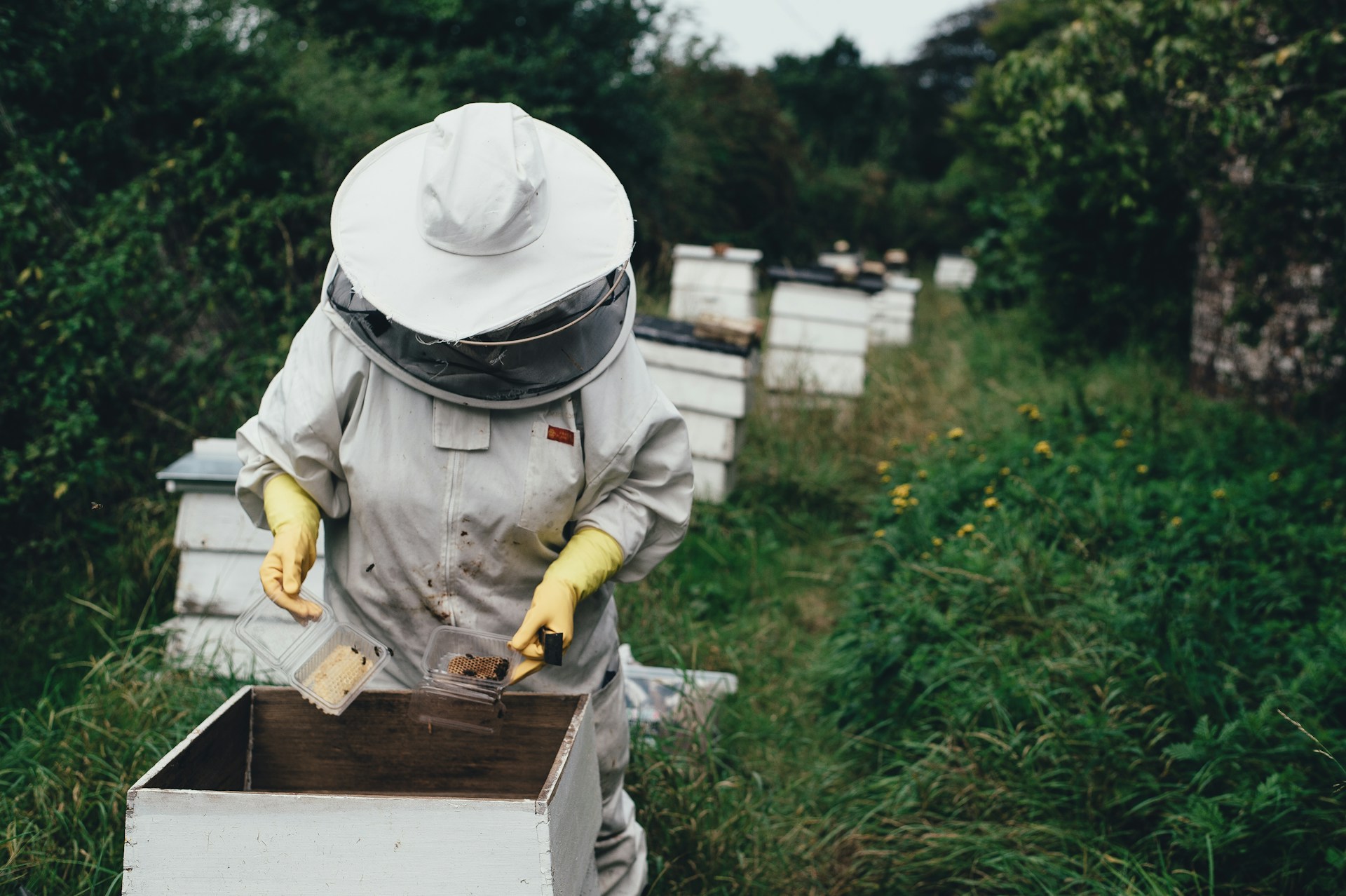
Beehives are becoming increasingly popular, appearing everywhere from urban rooftops to suburban backyards. If you’re considering joining the ranks of beekeepers, you’re in for a rewarding adventure that benefits both you and the environment.
Honey bees play a crucial role in our ecosystem. According to the U.S. Department of Agriculture, “Pollinators, most often honey bees, are responsible for one in every three bites of food we take, and increase our nation’s crop values each year by more than $15 billion.” Unfortunately, honey bee populations have been declining for over three decades. By starting your own beehive, you’re contributing to the preservation of these vital pollinators and helping secure our food sources.
Beyond the environmental impact, beekeeping offers personal rewards. You’ll enjoy the satisfaction of watching your hive thrive and the sweet reward of fresh honey. Plus, your garden will flourish with enhanced pollination.
However, before diving in, it’s essential to understand the commitment involved. Initially, beekeeping requires significant time investment, particularly in the first few weeks. “A high percentage of beginning beekeepers quit after a year or two,” warns Beekeeping for Newbies, citing unexpected costs and challenges as common reasons for early dropout. To avoid this, thorough research and preparation are crucial.
Before purchasing equipment, verify that beekeeping is permitted in your area. Local regulations may limit the number of hives or even prohibit beekeeping altogether. Additionally, check with your Homeowners Association if applicable. Once cleared, consider registering your hives with the Department of Agriculture or the Department of Natural Resources to gain access to valuable resources and advice.
Education is key to successful beekeeping. Enroll in a beekeeping class, seek mentorship from an experienced beekeeper, and join a local beekeeper’s association to enhance your knowledge and skills. Although there is an initial financial investment, the equipment you purchase will serve you for years, making it a worthwhile endeavor.
To start, you’ll need some basic equipment: a Langstroth hive, protective gear like a veil and gloves or a full bee suit, a smoker to calm the bees, a hive tool, and a bee brush. Selecting the right location for your hive is also crucial. Bees require sunlight, access to fresh water, protection from wind, and privacy from high-traffic areas. Avoid areas treated with pesticides, as these can be lethal to bees. “Pesticides on flowers are a major cause of death for honey bees,” warns Almanac.
Prepare your hive site by clearing and leveling the ground, and consider using mulch or gravel for ground cover. Elevate your hives on a stand to protect them from pests and facilitate inspections. You can construct a stand using materials like wood or concrete blocks, with various DIY plans available online.
With your equipment and site ready, it’s time to introduce your bees. You have options when purchasing bees: a package or a nucleus colony (nuc). A nuc is more advanced, containing an active queen and frames of comb, and is recommended for quicker hive establishment. “The most common route is called a package,” notes Country Living, but a nuc is “about six weeks ahead” in development.
For the best results, source bees locally through a beekeeper’s association or state university. On the day of introduction, ensure the queen is healthy before placing the bees in the hive. If using a package, introduce the queen first, followed by the worker bees. Allow the bees a few days to acclimate to their new home.
To support your bees in their new environment, provide a sugar-water solution for sustenance. Sunset suggests, “Dissolve equal parts granulated sugar and water and use to fill the quart jars. Top with the feeder lids and invert the jars into the holes.”
Congratulations! With your bees settled and thriving, you’ve officially embarked on your beekeeping journey, contributing to the environment and enjoying the sweet rewards of your labor.
Let us know what you think, please share your thoughts in the comments below.
-
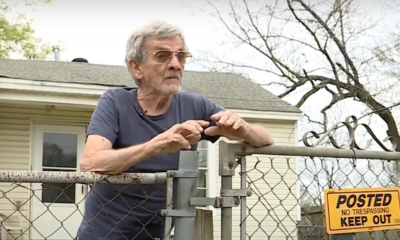
 Tactical12 months ago
Tactical12 months ago70-Year-Old Fends Off Intruder with Lead-Powered Message
-
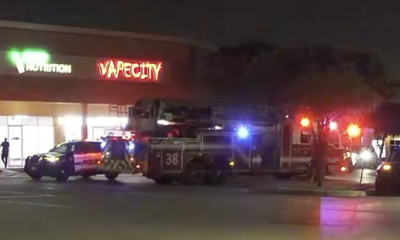
 Tactical12 months ago
Tactical12 months agoVape Shop Employee Confronts Armed Crooks, Sends Them Running
-

 Preparedness9 months ago
Preparedness9 months agoEx-Ballerina’s Guilty Verdict Sends Tremors Through Gun-Owner Community
-

 Preparedness7 months ago
Preparedness7 months agoGood Samaritan Saves Trooper in Harrowing Interstate Confrontation
-
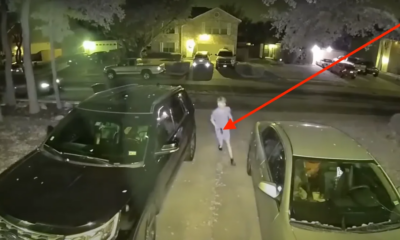
 Tactical12 months ago
Tactical12 months agoMidnight SUV Theft Interrupted by Armed Homeowner’s Retaliation
-

 Survival Stories2 years ago
Survival Stories2 years agoEmily’s 30-Day Experience of Being Stranded on a Desert Island
-

 Preparedness7 months ago
Preparedness7 months agoArizona Engineer’s Headless Body Found in Desert: Friend Charged
-

 Preparedness7 months ago
Preparedness7 months agoBoy Saves Dad from Bear Attack with One Perfect Shot
Crotte
June 12, 2024 at 11:20 am
Permanent removal of the criminals solves the repeat offender problem!!!!!!
Pam Kesler
June 12, 2024 at 11:26 am
Have guns, train with them, use them.
Steve
June 12, 2024 at 12:14 pm
This would have had a completely different outcome if the homeowner hadn’t been armed.
A. B. Murphy
June 12, 2024 at 5:03 pm
In the south the second amendment is sacred. The problem with this story is that only one of the perpetrators was
reported hit by the homeowner. We don’t know if any of the others were hit or not — BUT we can hope. It is good
that the story was published. MAYBE, some of the possible future intruders will stop and think. However, it will
definitely be noted if there are reports of the homeowner owning firearms. The media won’t publish this type of
story with much encouragement in the face of the obvious facts.
Joe Forish
June 13, 2024 at 1:03 pm
He needs a little more training, 33% effectiveness is not acceptable.
Daffy
June 13, 2024 at 5:57 pm
SOB got what he deserved!
Bob
June 15, 2024 at 1:30 pm
THE USA SHOULD BE LIKE SWITZERLAND. EVERY CITIZEN SERVES IN THE MILITARY. UPON DISCHARGE THE ARE ISSUED A WEAPON.
HERE IN THE U.S. EVERYBODY SHOULD OWN A WEAPON FOR SELF DEFENCE.